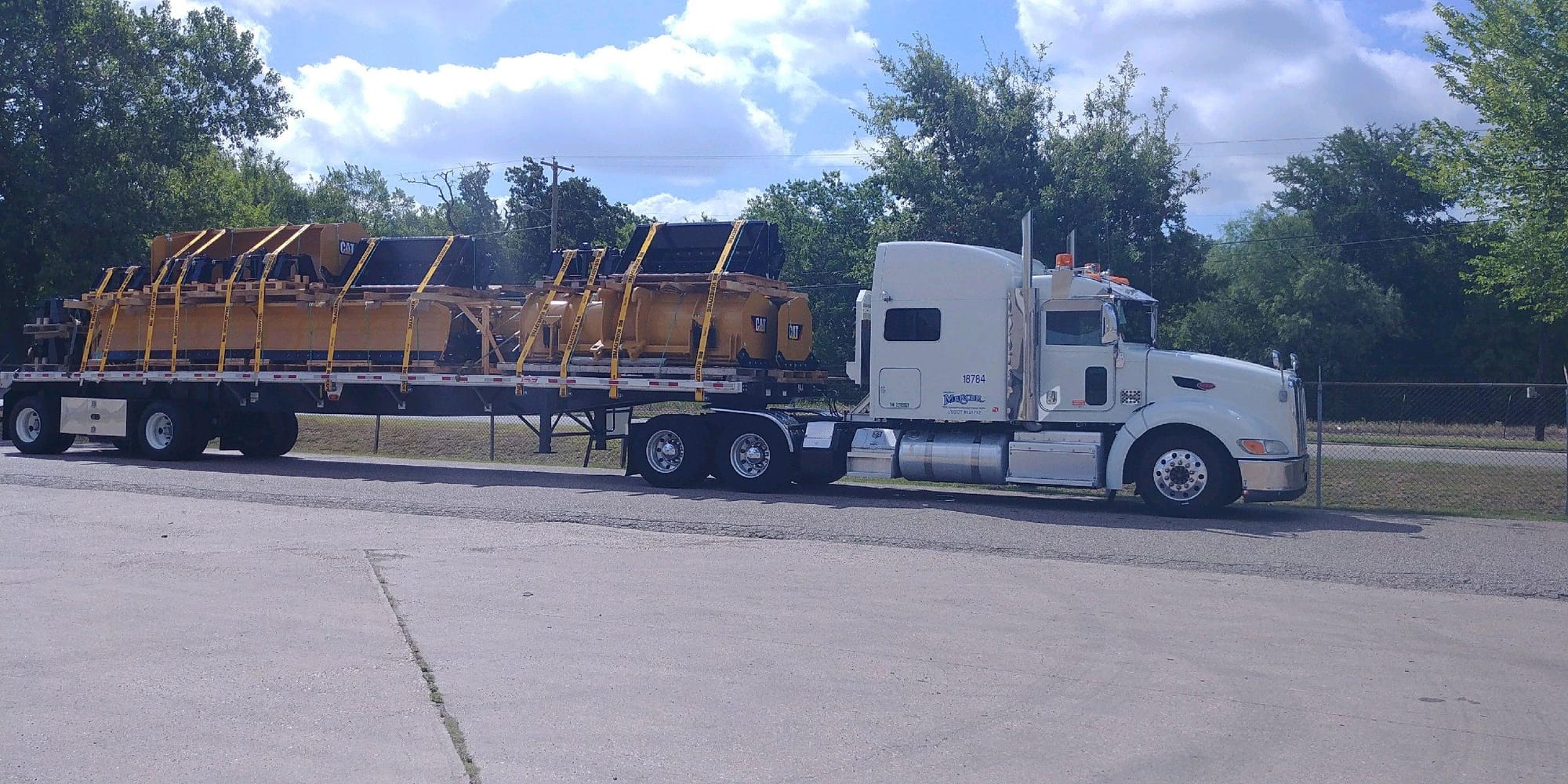The Lowdown on Safe Tarp Handling

While mechanical aids are typically available at pick-up sites, drivers must often manually remove large, heavy protective tarps from loads by themselves at delivery. In some cases, drivers have to remove tarp while perched precariously on a flatbed with no firm footholds, ladders, or platforms.
One regional trucking company confronted this problem head-on. Facing rising worker's compensation costs, the company conducted a loss source analysis to see which activities were causing injuries. The analysis revealed tarp-handling injuries made up 20 percent of the company's typical injuries--a significant statistic because the company tarps only 30-40 percent of its truck loads. By using the information from the analysis and implementing a comprehensive safety program, the company reduced its frequency of tarp-handling injuries per million miles by 30 percent during a three-year period. The result: a direct savings of approximately $50,000, plus the savings on indirect costs associated with driver turnover and lost productivity.
Here is how they did it:
With the analysis in hand, the company's safety director and its insurance carrier's safety consultant visited various work sites to observe drivers and identify specific tarp-handling exposures. They found many drivers didn't know how to properly handle tarps, weren't asking for help, and weren't using mechanical aids. The safety consultants also confirmed that other common driver activities, such as cranking landing gear and unstrapping loads, were placing a repetitive strain on their shoulders and lower backs, essentially priming the pump for tarp-handling injuries.
To supplement their visual observations, the safety consultants measured drivers' peak and average shoulder pulling forces during different methods of tarp handling and strapping loads. Research scientists then analyzed the data, comparing it to published findings on maximum acceptable forces during pulling tasks. Their findings:
- Pulling tarps toward the body with hands below the shoulder was better than downward pulls with hands above the shoulder. And pulling the tarp fast was better than pulling it slowly.
- Dragging tarps along the ground or getting them caught on the load corner exceeded maximum pull force guidelines.
- Covering loads with plastic keeps pull forces within acceptable limits. However, using plastic creates serious slip-and-fall exposures, which may outweigh the benefits of easy handling.
- Folding tarps in teams, rather than individually, greatly reduces the forces exerted when retarping loads.
- Breaking the strap/bar winch to reduce strap tension on trailers exceeded recommended strength guidelines for hand lever push/pull forces.
Based on the site observations and measurements, the safety consultants proposed a threefold, companywide safety campaign to:
- Eliminate exposures whenever possible,
- Increase driver awareness of safety issues, and
- Implement and enforce consistent procedures throughout delivery operations.
The centerpiece of the safety campaign was a Driver Injury Prevention Manual. A user-friendly, photo-illustrated guide, the manual presents clear and consistent safety policies and provides observation-based guidelines to address specific company loss areas. It addresses safety issues such as asking for help on difficult tasks, proper exit and entry from truck cabs, safe cargo handling, and diet and exercise recommendations. The manual also incorporates photos and field data to illustrate "safe" and "unsafe" ways for tarp handling, tarp folding, strapping, and unstrapping loads.
Incorporated into the company's training program, the manual is required reading for all employees. Here are some of the tarp-handling tips for truck drivers presented in the Driver Injury Prevention Manual:
- When a forklift or a crane is not available, get help from other workers and plan the lift. Keep the load close to the body, avoid twisting, and lift together.
- Avoid strains and falls while pulling tarp off a load:
1) Get a firm grip on the tarp and not just the ropes, which can slip or break, causing workers to fall.
2) Spread feet for balance.
3) Loosen the tarp by lifting and lowering it to move air underneath.
4) Use arms, legs, and body weight to pull the tarp.
5) Face the tarp to watch its movement. - Reduce arm and shoulder strain when folding tarps:
1) Teamwork is critical--ask for help.
2) Lay the tarp out on a flat area and check for holes or tripping hazards.
3) Work as a team, moving toward the middle as you fold.
4) Avoid lifting more than necessary.
In addition, safety supervisors should enforce best practices through continuous observation, follow-up training, and employee accountability measures for observed unsafe behaviors. Tarp handling can be done easily--and safely--when workers use proper procedures.
This article appeared in the June 2006 issue of Occupational Health & Safety.



